Fishing Knot Guidance
Fishing knots are designed to be compact and reliable with no interest in being able to untie them. Many fishing knots employ multiple, tightly wound turns. The structure of such knots changes under load – outer wraps are pulled into the knot and the inner line becomes outer wraps.
1. Joining Fishing Lines
These knots are used to join fishing lines of similar diameter. The Blood Knot is one of the best knots for joining two lines of similar size, commonly used in fly fishing.
Recommended Knots
2. End Loop Knots
These knots create reliable loops at the end of fishing line, allowing for loop-to-loop connections and attachment to lures, hooks, or swivels.
Recommended Knots
3. Line to Hook Knots
These knots are used to securely attach fishing hooks, lures, or swivels to your fishing line. They are designed to maintain high breaking strength while creating a secure connection.
Recommended Knots
4. Special Purpose Knots
These knots serve specialized purposes in fishing, from securing bait to creating droppers for multiple hook setups.
Recommended Knots
All Fishing Knots
A complete collection of knots commonly used in fishing activities.

Blood Knot
Joins two similar-sized fishing lines securely.

Fisherman's Loop
Creates a fixed loop in rope for fishing leaders.
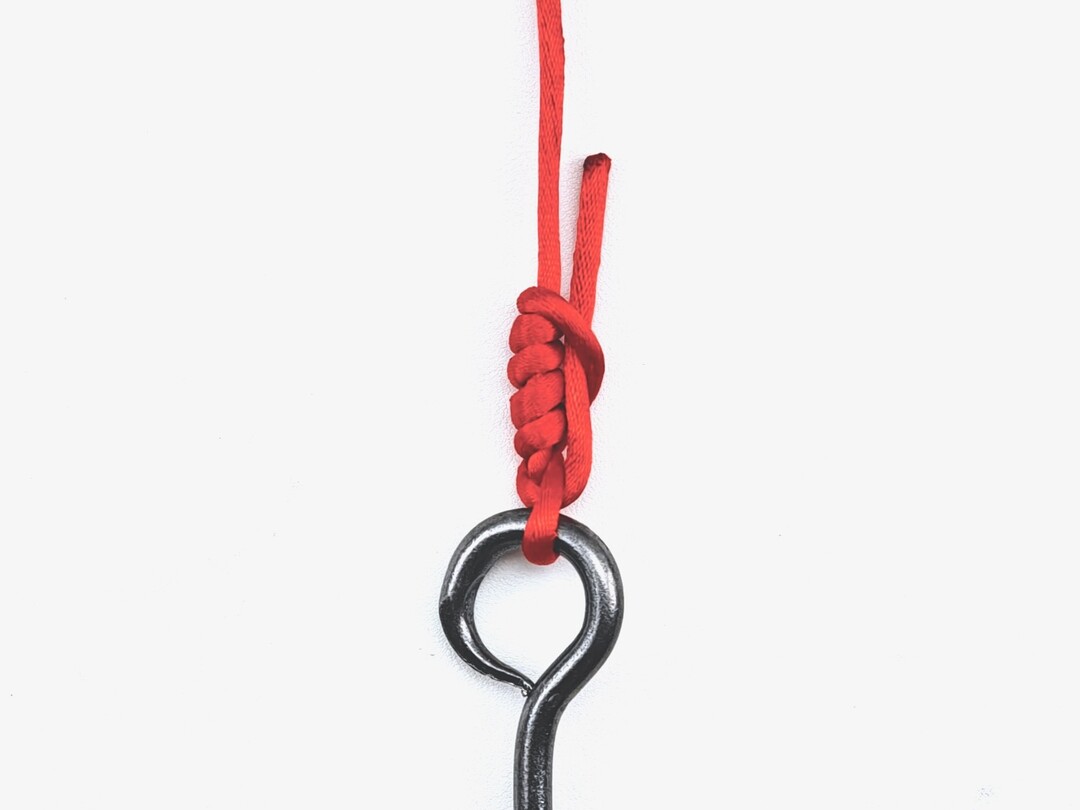
Improved Clinch Knot
Secures fishing line to hooks, lures, or swivels.
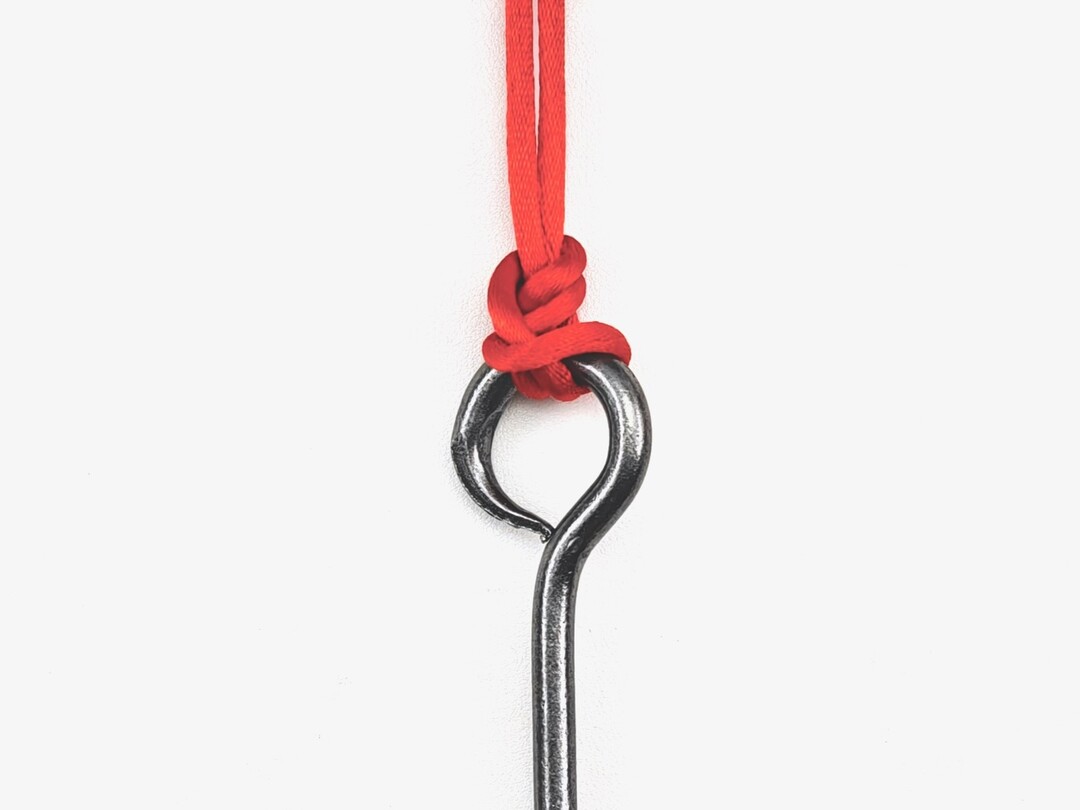
Palomar Knot
Strong fishing knot for hooks and lures.
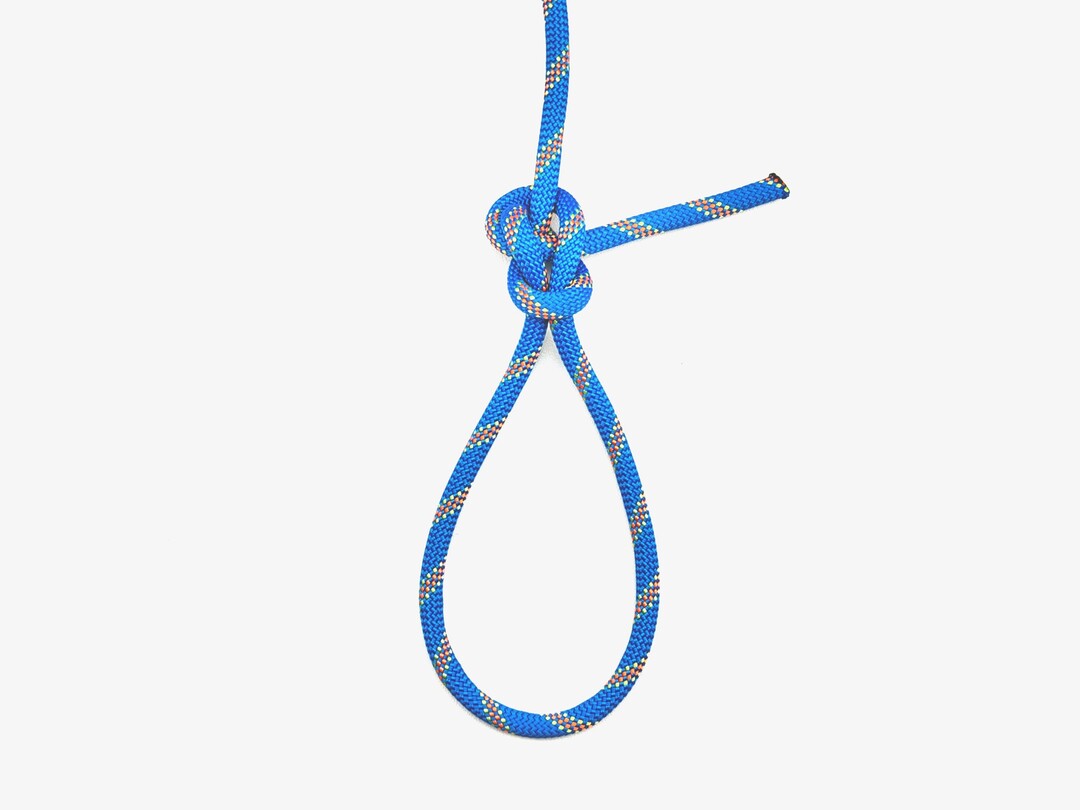
Perfection Loop
Creates a secure fixed loop in thin lines or fishing leaders.

Poacher's Knot
Secure sliding loop for climbing, fishing, and gear.
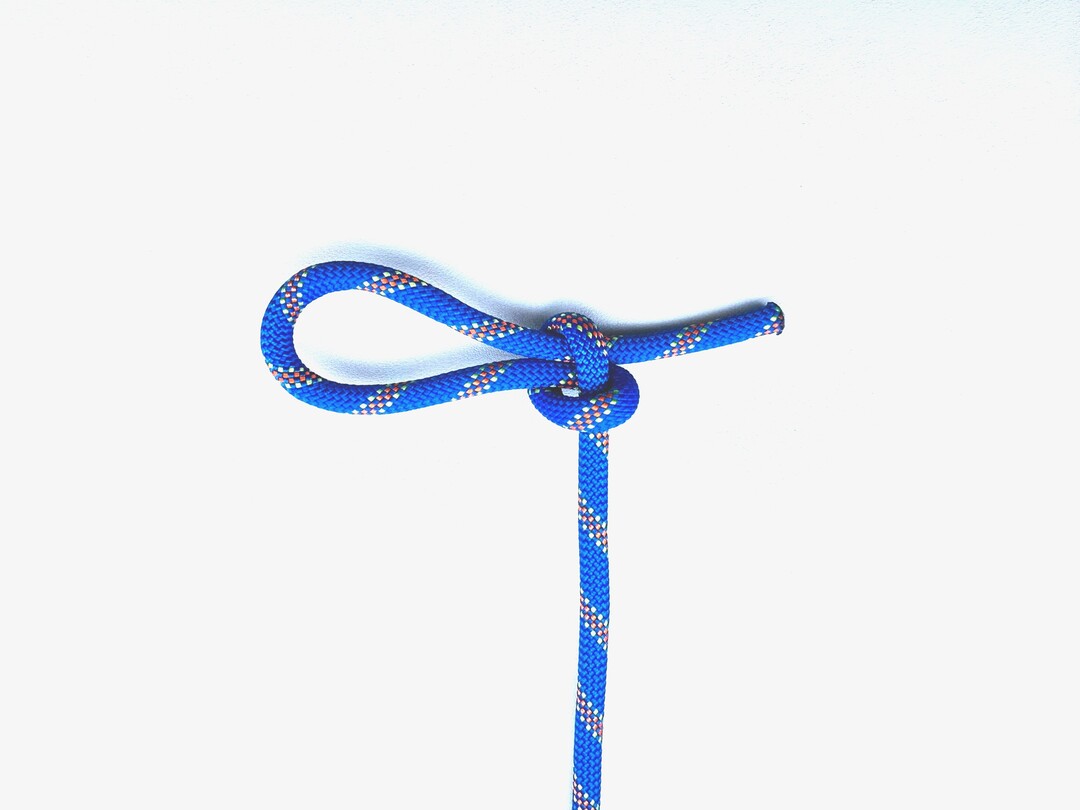
Slipped Overhand Knot
Quick-release loop for temporary bindings.
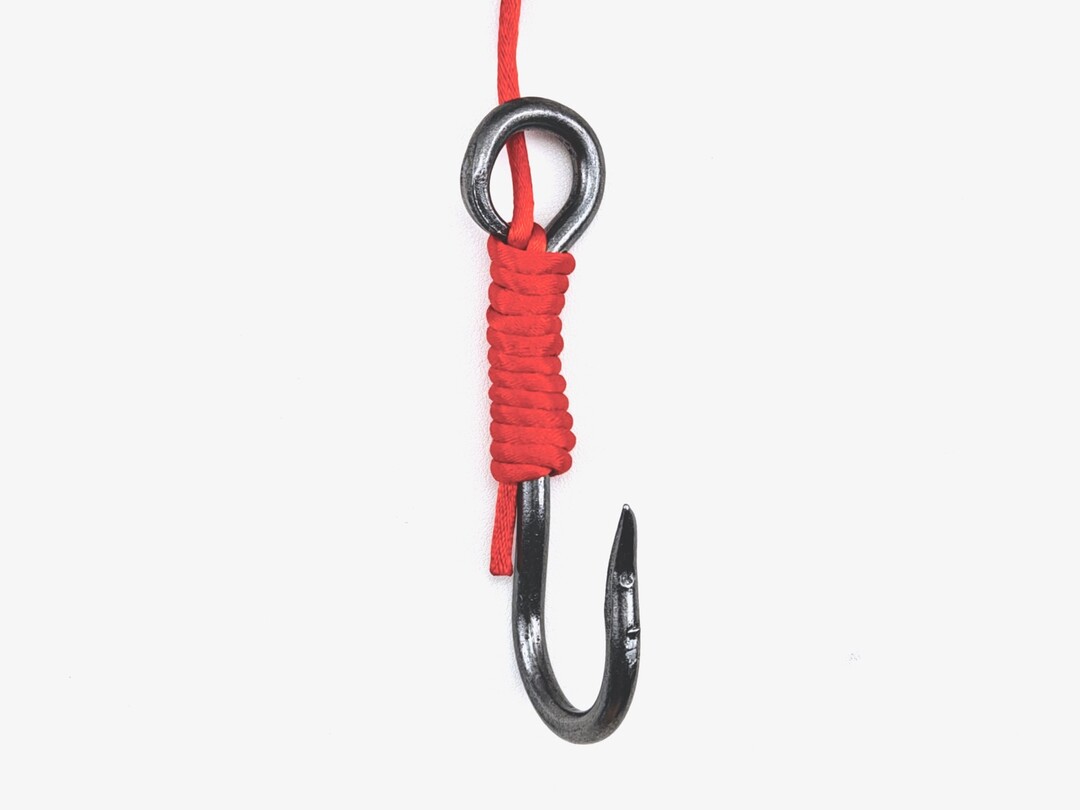
Snelling a Hook
Securely attaches a hook to a fishing line.
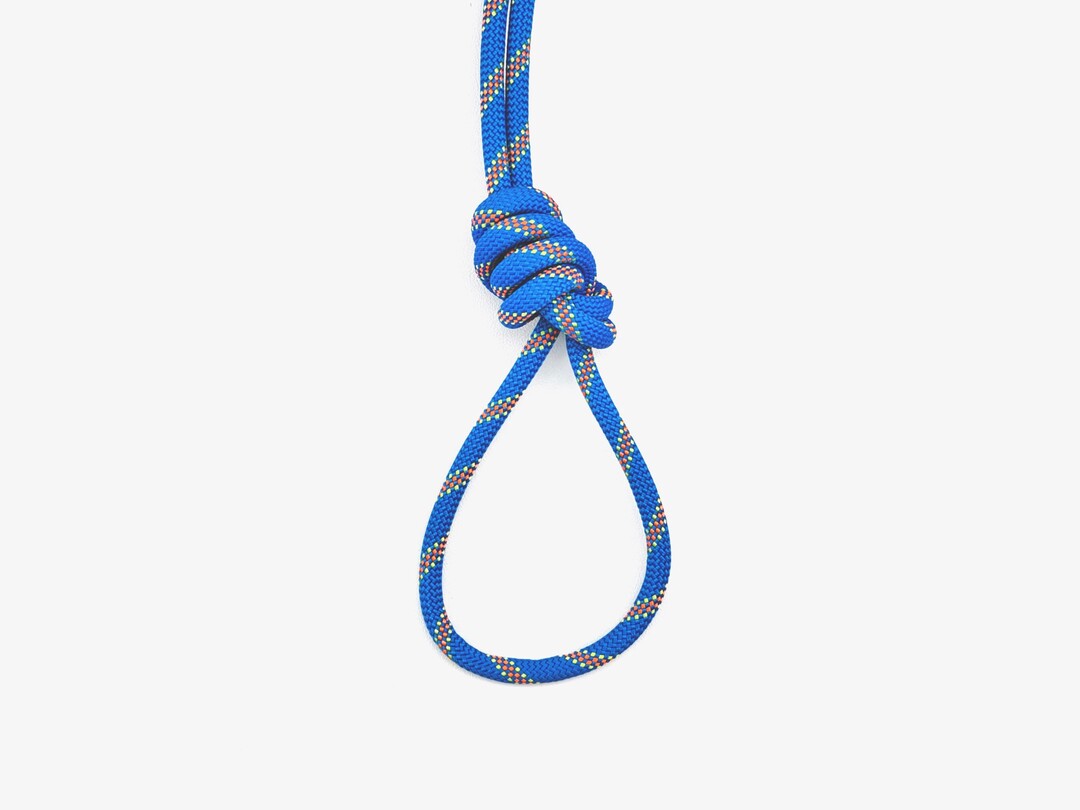
Surgeon's Loop
Strong fixed loop for fishing lines
Fishing Knot Tips
Line Preparation
- Always moisten your knots before tightening to reduce friction and heat generation
- Saliva is commonly used, but vegetable oil is better when available
- Trim knot ends closely with nail clippers for best results
- Remember that monofilament with a knot breaks at about 50% of its ideal strength
Knot Selection Guide
- For joining monofilament lines: Blood Knot
- For attaching line to hook: Improved Clinch Knot, Palomar Knot
- For creating end loops: Perfection Loop, Surgeon's Loop
- For snelling hooks: Snell Knot
- For attaching line to lure: Palomar Knot, Improved Clinch Knot
Breaking Strain Considerations
- Testing shows that monofilament with a knot breaks at about 50% of its ideal strength
- When line passes around itself, performance figures in excess of 50-70% range should be treated with skepticism
- Test your own line and knots with your own spring balance to get data you can trust
- Claimed breaking strength for some fishing knots varies with the number of turns used
Fishing Safety Warning
- The information provided is for educational purposes only. While these knots are widely used in fishing, their performance depends on proper tying technique, line type, and fishing conditions. Always test your knots before relying on them in actual fishing situations.